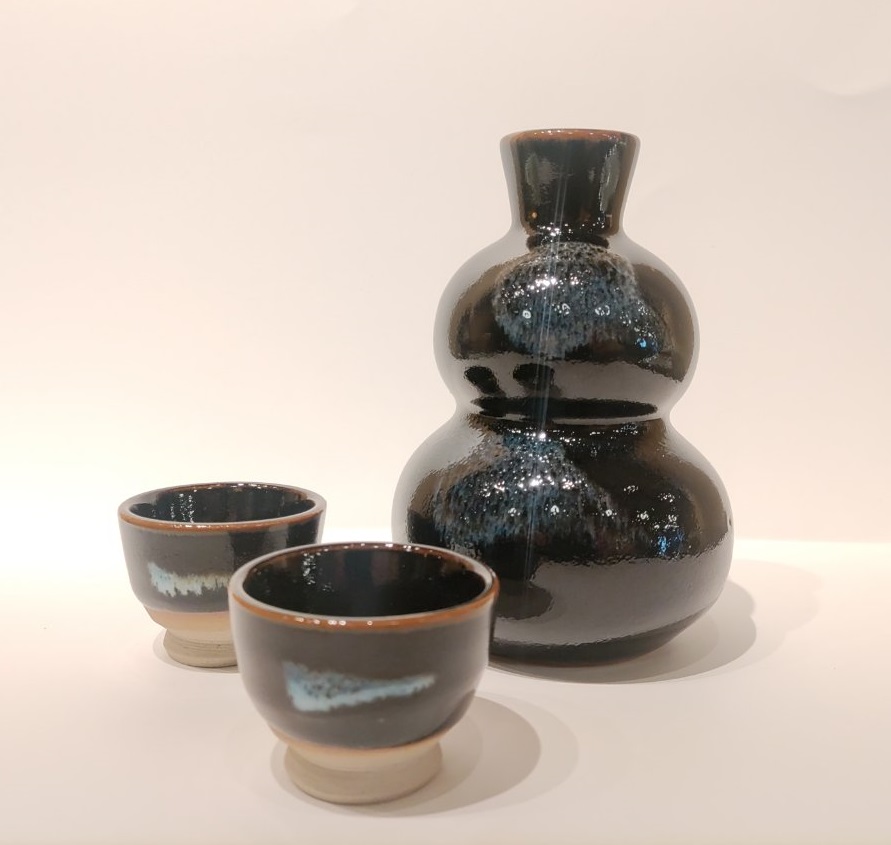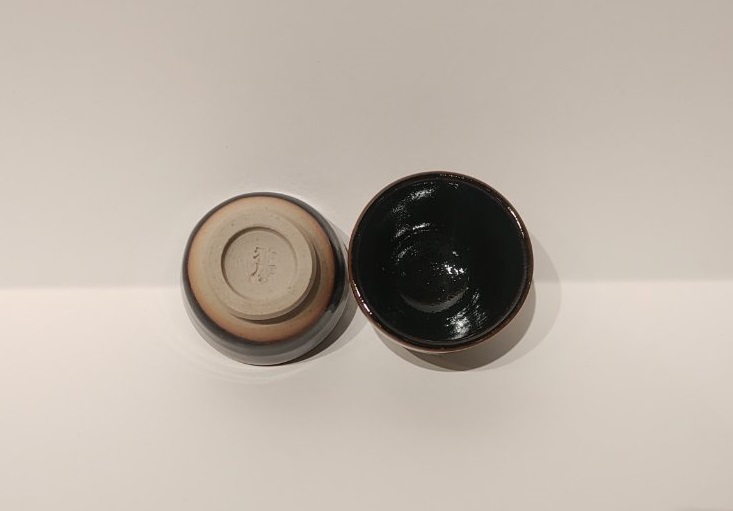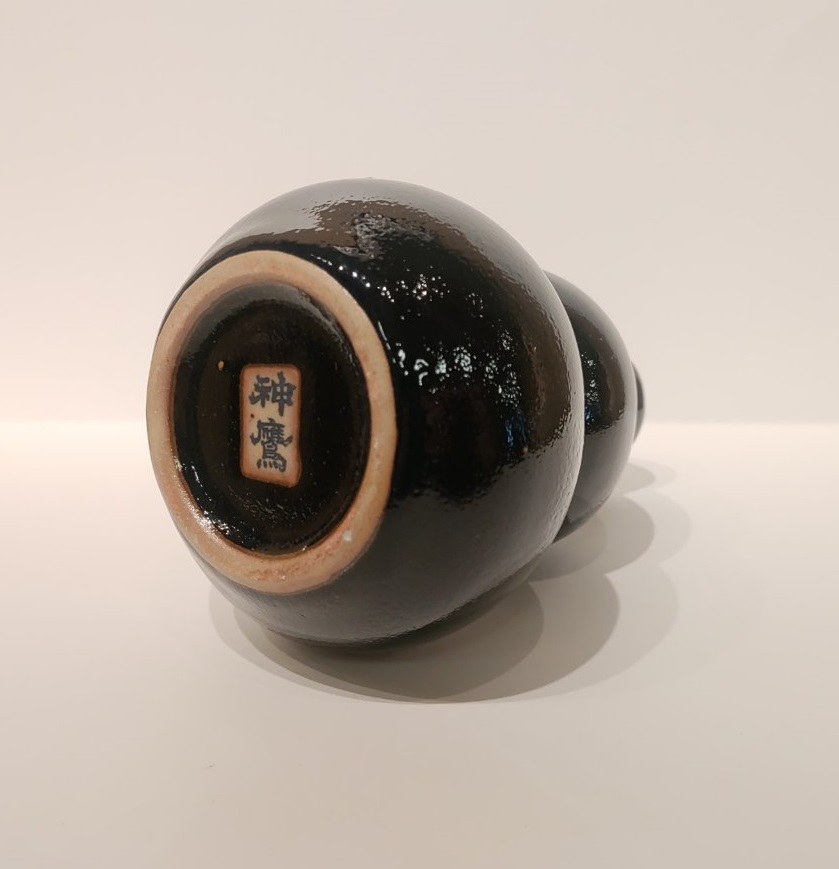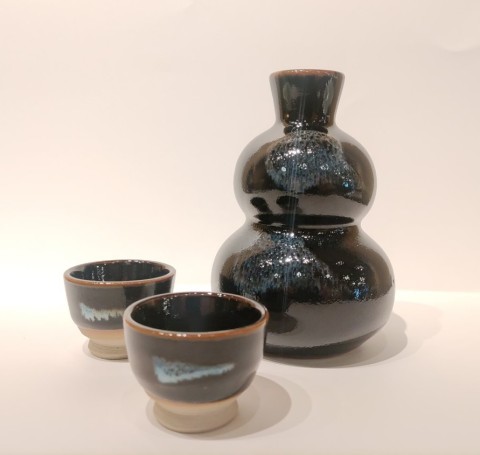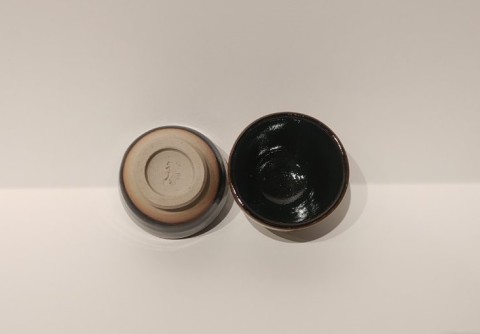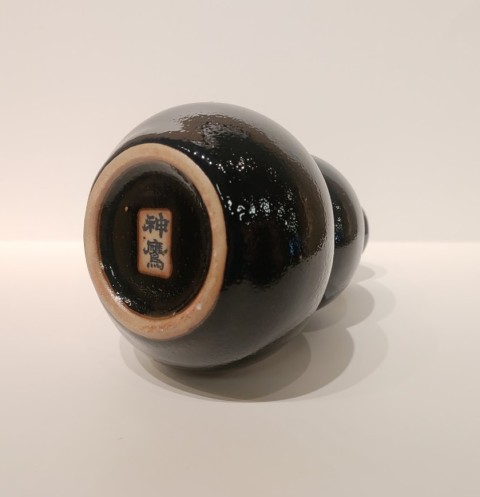
Pottery
丹波立杭焼 酒器揃いTanba Tachikui kiln, sake set
| No | NN768 |
|---|---|
| Date | About 70 years old |
丹波立杭焼(たんばたちくいやき)は、兵庫県篠山市今田(こんだ)周辺で作られている陶器です。瀬戸焼(愛知県瀬戸市)や常滑焼(とこなめやき:愛知県常滑市)、越前焼(福井県丹生郡越前町)などと共に「日本六古窯(にほんろっこよう)」の1つに数えられています。開窯(かいよう)以来800年の間、一貫して飾り気のない素朴な生活用器を焼き続けてきました。
丹波立杭焼の特徴は、「灰被り(はいかぶり)」という独特の色と模様です。約1300度の登り窯(のぼりがま)で約60時間をかけて焼かれる間に、器に振りかかった燃料である松の薪(まき)の灰と、土に含まれる鉄分や釉薬(うわぐすり)が溶け合って化学反応を起こすことで、独特の色や模様が現れます。灰のかかり方や炎の当たり方によって、さまざまな模様や色合いとなり、1つとして同じものは存在しません。
Tamba Tachikui ware is pottery produced in the area around Konda, Sasayama, Hyogo Prefecture. Together with Seto ware (Seto City, Aichi Prefecture), Tokoname ware (Tokoname City, Aichi Prefecture) and Echizen ware (Echizen Town, Niu County, Fukui Prefecture), it is one of the 'Six Old Kilns of Japan'. For 800 years since the kilns were first opened, they have consistently produced simple, unpretentious everyday utensils.
Tamba Tachikake ware is characterised by its unique colour and pattern called 'haikaburi' (ash-covering). During the 60-hour firing process in the Nobori-gama kiln at a temperature of approximately 1,300 degrees Celsius, the ash from the pine wood used as fuel, which is sprinkled on the vessels, melds with the iron and glaze contained in the clay, causing a chemical reaction that gives the vessels their distinctive colours and patterns. Depending on the way the ash is applied and the way the glaze is exposed to the flame, various patterns and shades are produced, and no two pieces are the same.
Translated with www.DeepL.com/Translator (free version)
Sold Out




